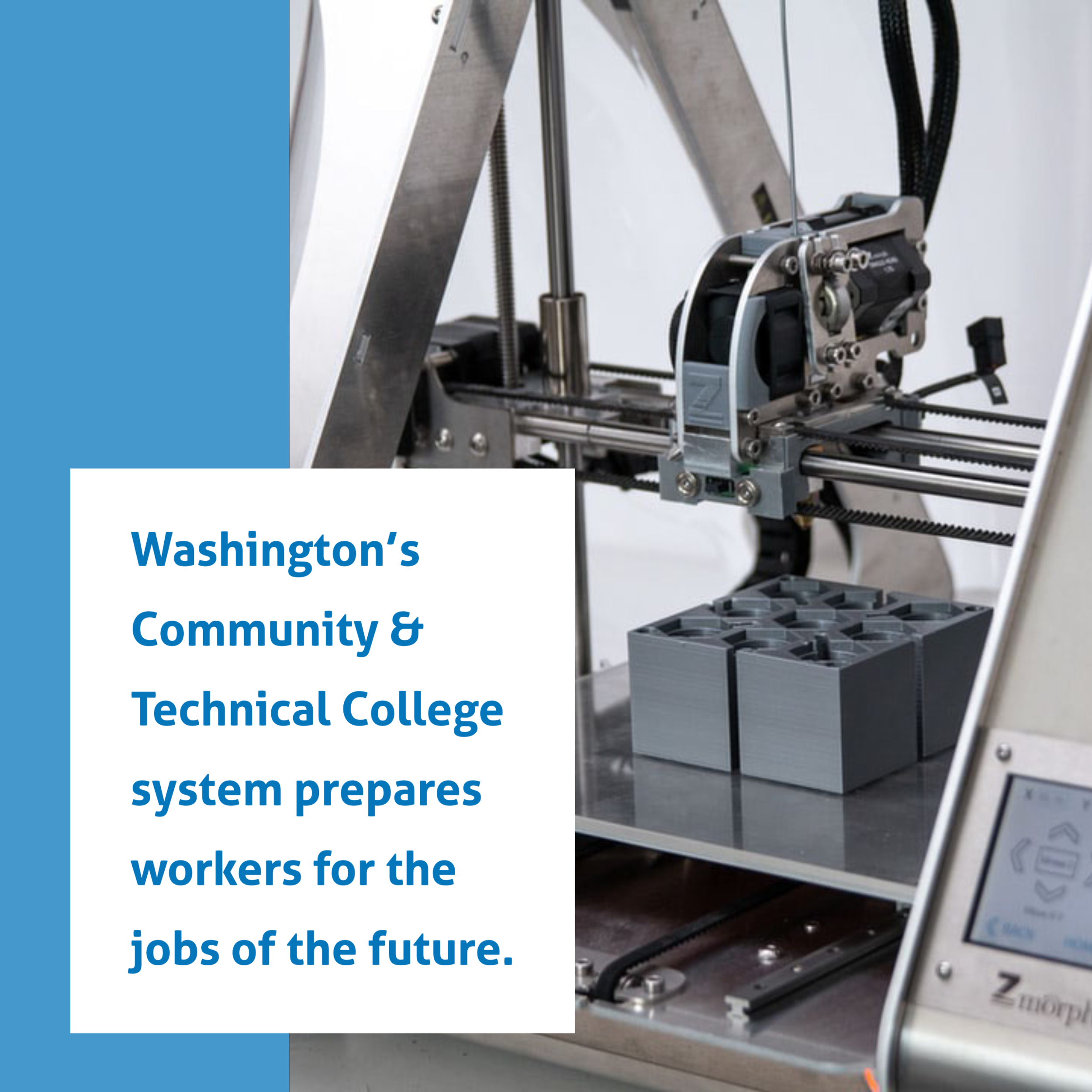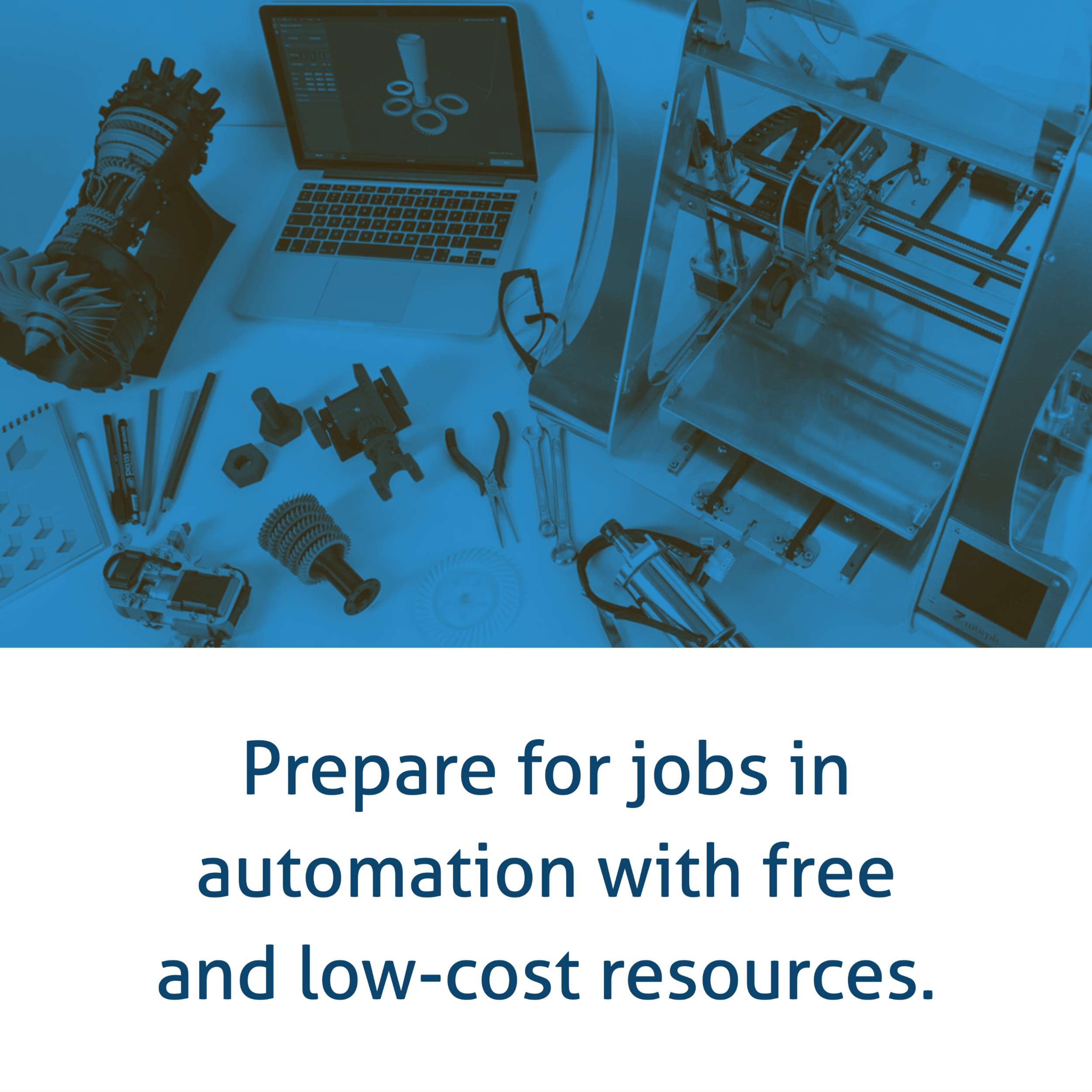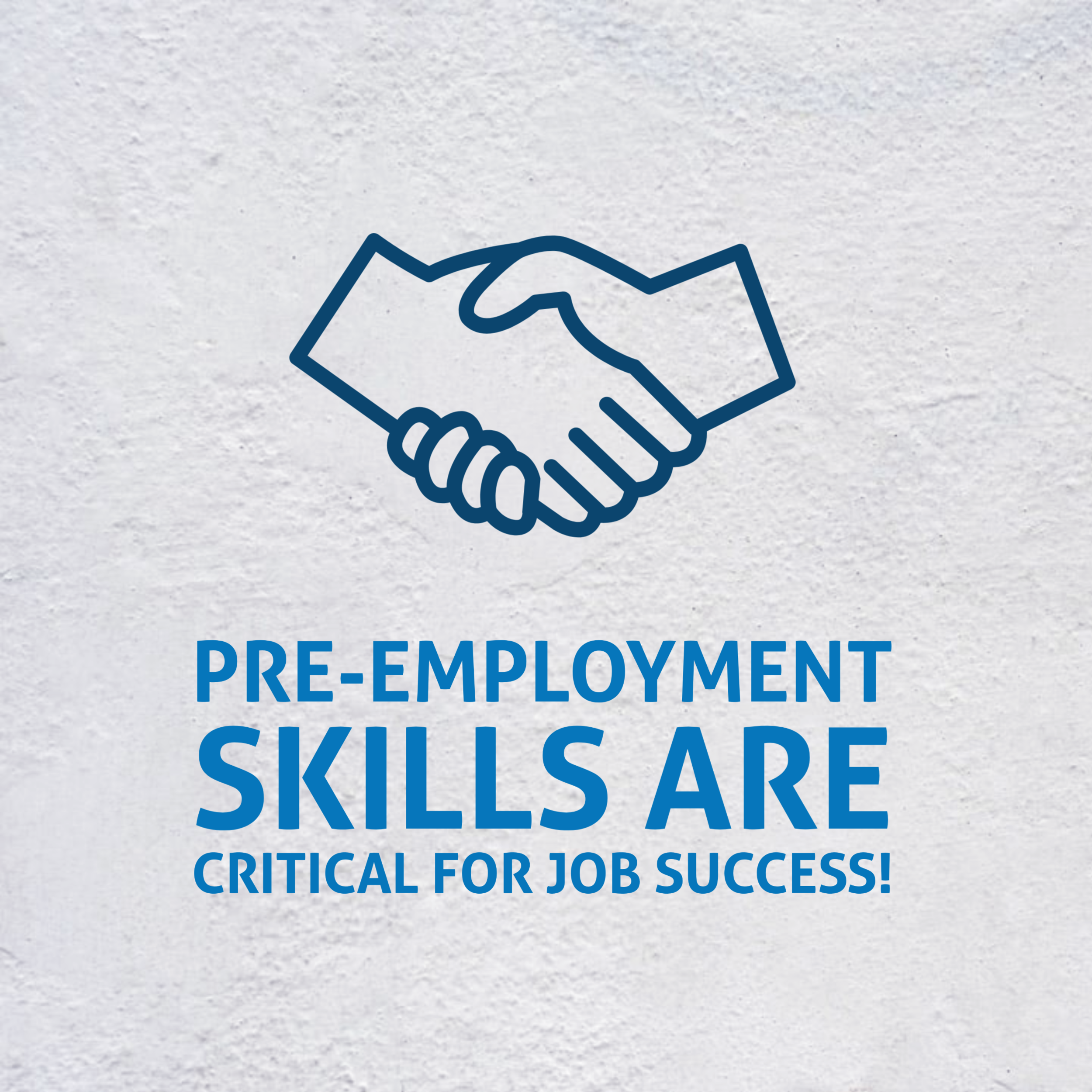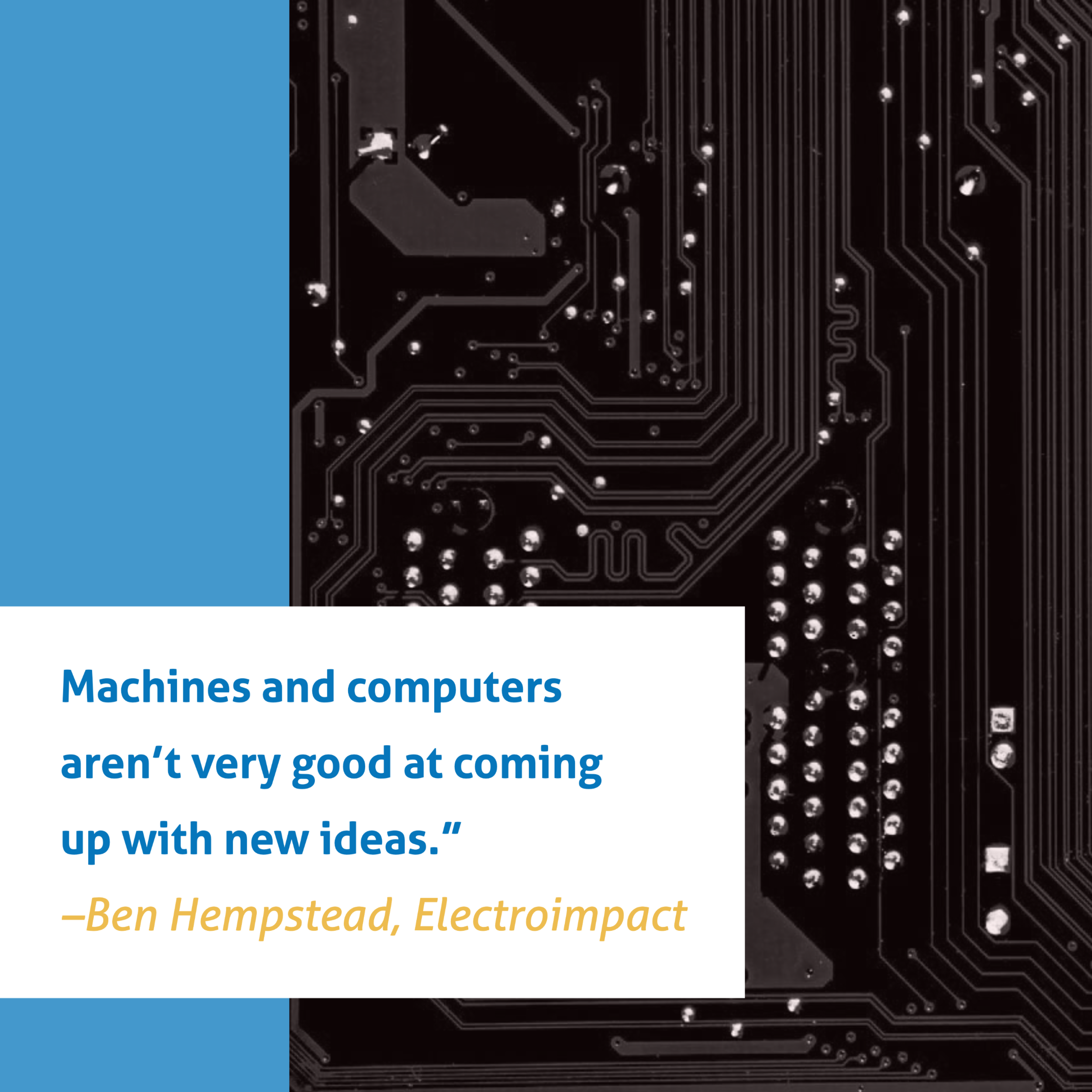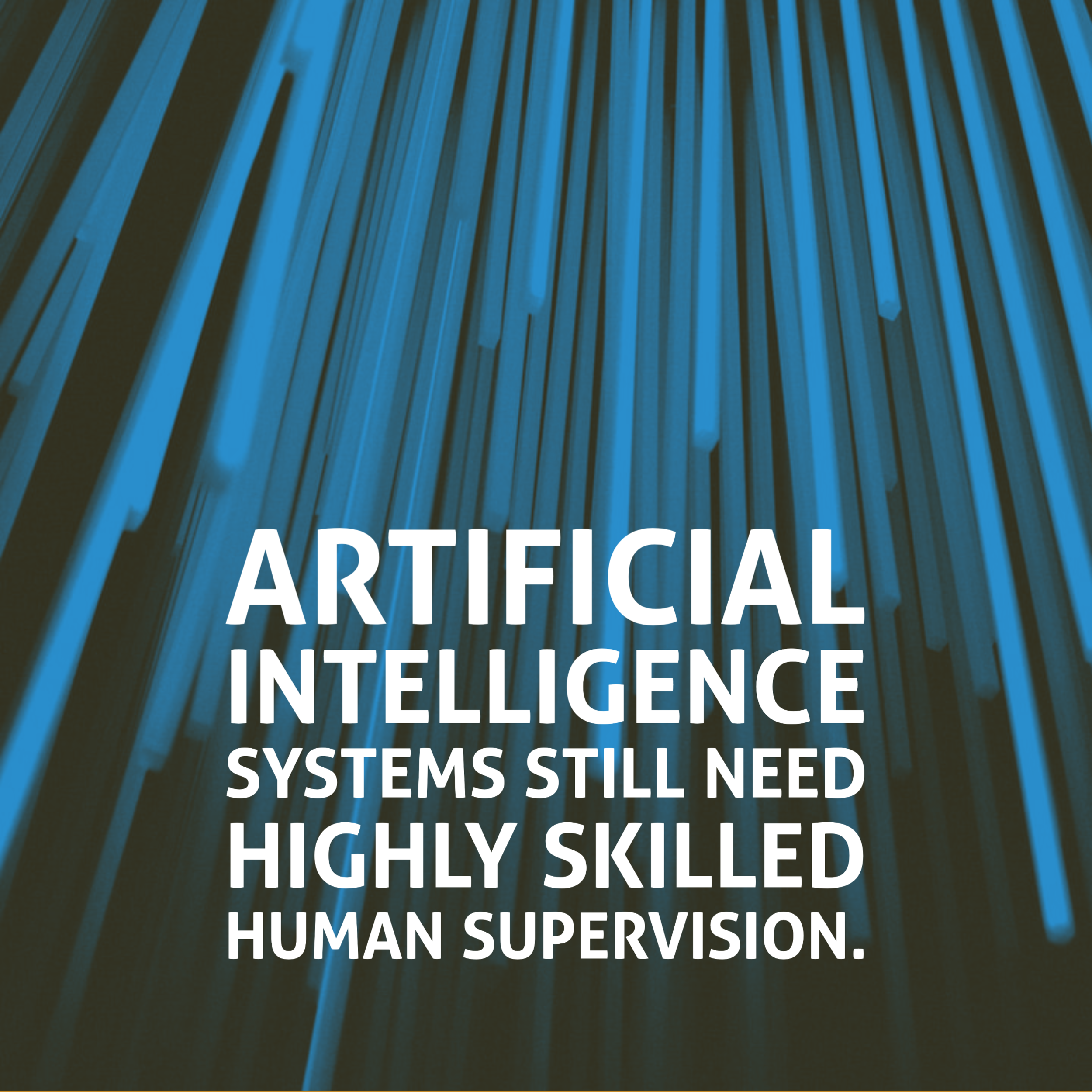Forecasting Demand for Skilled People to Work with Automation in the Aerospace Industry
The aerospace manufacturing industry is a cyclical business that must ramp up its production and workforce in sync with major program launches by customers. As assembly processes have transitioned from manual operations to semi-automated to heavily automated, the skill sets needed to operate and maintain new equipment are changing too. Companies must be able to recruit qualified engineers with university degrees, as well as retrain incumbent employees to deal with newer technologies.
Ben Hempstead is a professionally licensed mechanical engineer and chief of staff at Electroimpact, a multinational aerospace automation and tooling supplier. Headquartered north of Seattle in Mukilteo, Electroimpact is one of the largest suppliers to Boeing and Airbus for automated carbon fiber lamination, drilling and fastening automation and automated tooling. Spirit Airlines is also a customer.
Ben recalls that while training the best riveting mechanics to operate a “big fancy new rivet tool” 20 years ago he had to teach them things like how to double click, because they had never used a computer before. It began to make more sense to teach CNC machinists to run automated machine tools.
Workforce development and the educational system may be thought of as a continuum, with pipelines or off ramps from schools at every level. For example, Ben says that his company, in which 71% of employees globally are engineers, is doing a lot of hiring of engineering with new bachelor’s degrees because “these are the people who are creating the cognitive systems of the future.”
People with slightly less education, such as a 2-year associates degree or certification from a community college or technical college can operate and maintain automated machines and tools. It requires some intensive training. Ben really appreciates the programs available in Washington that are nimble and can change course content to adapt to what the aerospace industry is asking for. Free CNC courses are also available from companies like Siemens, which trains people on how to interact with its control systems. Employers want to know whether job applicants “understand the fundamentals of the control system for equipment that they might be hired to maintain.”
Ben told us, “Most employers are looking for someone who’s training on a specific control, or they know about electro hydraulics or they’re an electrician” who may have a bit narrower skillset. A certificate in a specialized technical area is a credential that employers can recognize and trust. Ben also emphasized how important pre-employment skills are. These include things like getting to work on time and ability to get along well with co-workers. Ben highlighted the value of Core Plus curriculum in local high schools that focuses on the core math skills kids need for entering the aerospace workforce.
As the industry is transitioning to automated systems, the biggest challenge is how to build enough of it fast enough to meet customer demand. The past year has been a relatively slow period, so it’s a great time for increased education and training before the next big airplane program gets launched. Ben tells us that Electroimpact promotes technical education at all levels, including robotics education from middle school right through to universities. Washington State graduates about 800 engineers every year, but that’s not enough, when you consider that one company alone, Blue Origin in Kent, has 400+ openings for engineers currently, and Boeing can hire thousands.
Aerospace competes with the tech industry for the same engineering talent that’s also being recruited by Amazon and Microsoft, for example. Ben is encouraged by the work of the Washington State Board for Career and Technical Colleges, which advises schools on what curricula and programs should be available for careers in aerospace technology. The legislature recently funded 1000 FTE student slots specifically for the aerospace field.
Automated systems require skilled operators and maintenance technicians, so while robots may replace some jobs and workers, they also create many new job openings. For example, Ben says his industry requires a whole new level of data analyst, so it’s great if the Centers of Excellence encourage students who are good at data analytics. At the same, people who are 10 or 20 years from retirement may need to go back to school for upskilling to meet quickly evolving job market demands.
“Machines and computers aren’t very good at coming up with new ideas,” said Ben, so we need to train workers on how to be creative analytical thinkers as well. Knowing when to report on or get help with a robot or other equipment making a strange noise requires curiosity and judgment. You cannot outsource that kind of diagnostic function to a remote call center. These automated systems are not yet mature and new situations come up all the time. Artificial intelligence (AI) systems are getting better at learning, but still need highly skilled human supervision.
Finally, Ben encourages all educators to stay in touch with their local aerospace industry employers even more so than they do today, and to look to the Centers of Excellence for help with those mission critical relationships.




